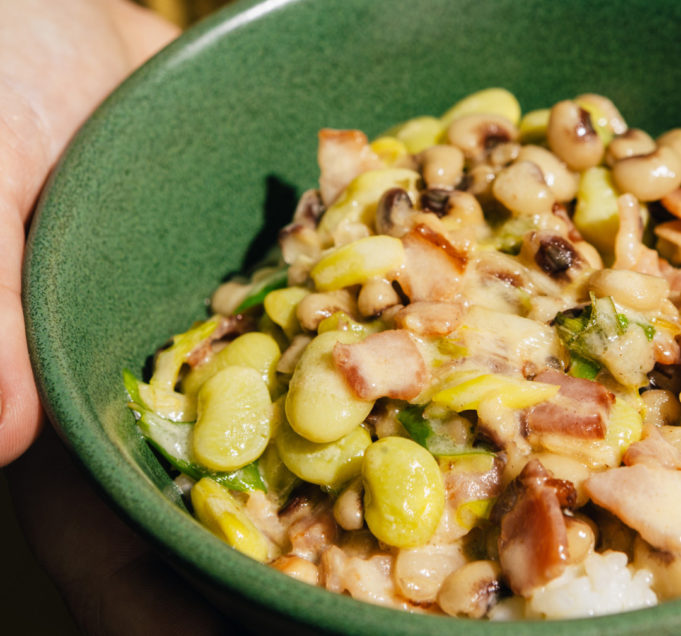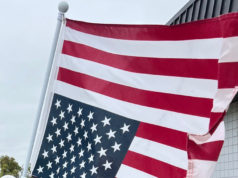Beyond remembering Uncle Ben’s face on rice packaging at the grocery stores of the past, many white folks (myself included) have no idea how big a factor rice played in the slave trade. With North Texas located a bit inland, rice being a coastal endeavor, and history classes lacking a truth or two, that’s understandable, I suppose.
On my recent honeymoon trip to South Carolina, we visited Myrtle Beach for some summertime tourist fun on the boardwalk. Then we headed to Charleston for the second leg of the journey. As my beloved has an interest in the Civil War (and history, in general), we saw the Old Slave Mart Museum (6 Chalmers St, Charleston, South Carolina, 843-958-6467), visited the South Carolina Historical Society Museum (100 Meeting St, Charleston, South Carolina, 843-723-3225), and toured Boone Hall Plantation & Gardens (1235 Long Point Rd, Mt. Pleasant, South Carolina, 843-884-4371) and learned about rice in the process.
The enslaved people first brought to South Carolina, Louisiana, and Texas’ Gulf Coast were skilled workers taken (as in “stolen”) specifically for their experience and knowledge in cultivating, growing, and harvesting rice as they did in their home villages along the coasts of West Africa. While most island and coastal cultures have rice-based meals in their culinary repertoire, this connection to our troublesome past adds another level of interest and importance to American rice.
Before starting at the Weekly, I took six weeks off after my last job ended. I hung out with my cat and marathon-watched every episode of A Chef’s Life on PBS. Since I’m a huge fan of Vivian Howard, the North Carolina chef whose life it is, I was excited to try her newest concept Lenoir (68 Wentworth St, Charleston, South Carolina, 843-534-9031), named for her home county. She had me at peas and rice.
Boone Hall, the plantation we visited (one of the country’s only continuously working farms), is at a remote location and was protected from the destruction of the war. When the slaves were emancipated in April 1865, the property was left virtually unscathed. Our tour guide mused that it must have been quite a sight when the soldiers arrived and the celebration began. “Hollywood should do a movie about that moment at Boone Hall.”
Word spread from port to port along the Gulf Coast, but it did take some time to reach everyone. In our state, they got the news in June 1865 in the Port of Galveston. Since then, Black Texans have celebrated the occasion every June 19, and thanks to the efforts of our own Dr. Opal Lee, Juneteenth is now a national holiday.
With Juneteenth 2023 upon us, local community leaders like Dr. Lee and Jim Austin — and events like Soul of Sycamore — have big plans for us here in North Texas in the coming weeks. Read about the upcoming events in this week’s Night & Day.
After trying the Carolina gold variety of rice, I’m interested in learning more about the rice grown throughout our region. Along with Juneteenth, it is also National Caribbean-American Heritage Month. For food and booze events honoring all of the above, check out Ate DAY8 a Week in this issue.

Courtesy Facebook












